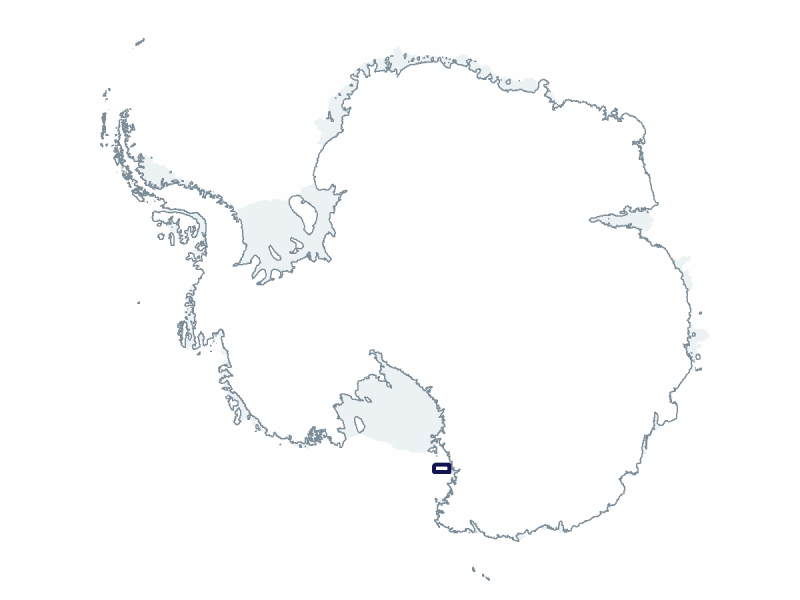2024-2025 USAP Field Season
Project Detail Project TitleCollaborative Research: ANT LIA Cumacean -Omics to Measure Mode of Adaptation to Antarctica (COMMAA) Summary
Event Number:
Program Director:
ASC POC/Implementer: Principal Investigator(s)
Dr. Sarah Anne Gerken
Location
Supporting Stations: RV/IB Nathaniel B. Palmer DescriptionCumaceans are small marine crustaceans, commonly known as comma shrimp, that live in muddy or sandy sediments. In this program, cumaceans will be used as a model system to explore their biology and to evaluate invertebrate animal adaptations to the changing Antarctic. Integrative taxonomy, functional, comparative, and evolutionary genomics, and phylogenetic comparative methods will be used to evaluate diversity in different regions of the Antarctic and identify genes and gene families experiencing expansions, selection, or significant differential expression. A robust phylogenetic framework for Cumacea will be generated based on transcriptomes and genomes. Information related to the rates and timing of species diversification will significantly advance understanding of invertebrate adaptations to cold, stenothermic habitats. The broader impact activities include training for diverse early career scientists, K-12 education through schools and museums, and a variety of products for social media platforms. Curated morphological reference collections will be shared with public collections in the United States and in New Zealand. Field Season OverviewA science team of four will deploy on the RV/IB Nathaniel B. Palmer to the Western Ross Sea, specifically Terra Nova Bay, along with the Tominaga and Coffin groups for a 64-day cruise. Samples will be collected within the 200-500 meter range every other day primarily using an epibenthic sled. The team will collect approximately 6,000 individuals. Laboratory preservation methods for collected samples will include: • Flash frozen in liquid nitrogen • Frozen and stored in RNAlater • Frozen and stored in 95% Ethano • Ambient temperature in 95% Ethanol • Chilled and stored at +4°C Post sampling activities will consist of sorting, photographing, cataloguing, and sample processing and storage.
Deploying Team Members
|
2024-2025 Science Planning Summary



For USAP Participants |
For The Public |
For Researchers and EducatorsContact UsU.S. National Science FoundationOffice of Polar Programs Geosciences Directorate 2415 Eisenhower Avenue, Suite W7100 Alexandria, VA 22314 Sign up for the NSF Office of Polar Programs newsletter and events. Feedback Form |



